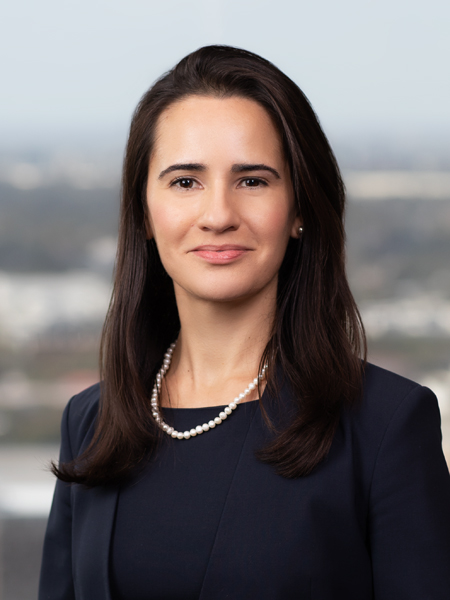

Authored by Cristina Ayo and Jonathan Ellis
Associations are all too familiar with bankruptcy serial filers disrupting foreclosure sales leading to frustrating and costly consequences for the Association. Each new bankruptcy filing by the debtor forces the Association to incur additional costs and increases the amount of debt owed while the debtor continues to live on the property without paying the Association.
Associations frequently experience the typical scenario individual serial filers or joint property owners that stagger their bankruptcy filings as a “tag-team” for each individual owner to benefit from the automatic stay of the other. Typically, on the eve of the foreclosure sale, the owner(s) or one member of the “tag-team” will file their Bankruptcy petition to disrupt the foreclosure action. Their case will eventually get dismissed, while the owner or the other member of the “tag-team” files, again stopping the rescheduled foreclosure. The same pattern of filling, delay, dismissal, and reschedule foreclosure proceedings can last years leaving Associations powerless.
However, there is an effective solution to this destructive pattern. Prospective stay relief under U.S. Bankruptcy code section 362(d)(4), also known as in rem relief, is an effective method to combat tag-team serial filers who seek to prevent foreclosures and enforcement of liens against their property. From the date the order is entered, the prospective in rem relief is binding and effective as to the real property for a period of two years. In the event any petitions are filed by the Debtor under Title 11 of the U.S. Bankruptcy Code, the automatic stay that would otherwise go into effect will be of no force and effect with regard to any in rem proceedings relating to the subject real property.
For the Court to consider this type of relief, the debtor must be engaged in a scheme to delay or hinder a creditor, and the scheme must involve multiple fillings affecting the property. Typically, the debtor has filed numerous bankruptcy filings within a short time. These serial fillings are distinguished by the debtor’s failure to complete or even make legitimate attempts to complete the plans. By seeking relief under section 362(d)(4), the Association requests specific prospective protection as it relates to the property against not only the debtor, but also every non-debtor, co-owner, and a subsequent owner of the property for two years.
Associations should consider seeking prospective relief from the automatic stay under U.S. Bankruptcy code section 362(d)(4) to prevent serial filers from stalling the completion of their state foreclosure actions and from incurring greater financial loss.
